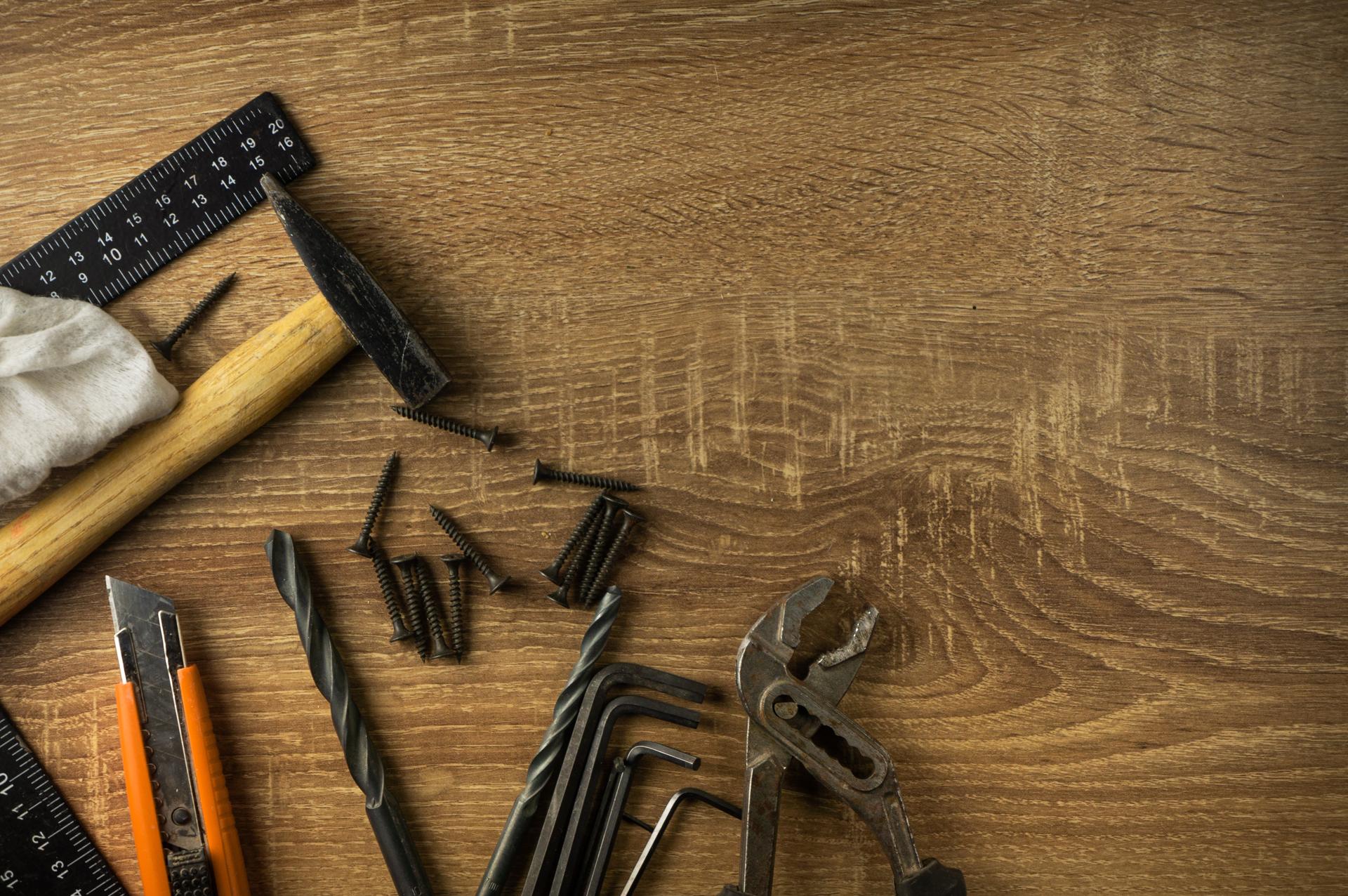Plumbing Problems at Home? Find Out How to Repair Them Yourself!

They are an integral element of any household. If they are not maintained properly they could be a source of many problems, leading to inconvenience and expensive repairs.
But, there are many advantages to learning to fix small plumbing problems yourself, like saving money and developing useful abilities. This article we will examine common plumbing issues and how to fix them yourself. them.
Common Plumbing Problems
Dripping Faucets
Dripping faucets are not only irritating, they also waste a significant quantity of water in the course of. The most typical cause of leaky faucets is a worn-out washer, or an O-ring. To fix this issue shut off the water supply to the faucet, disassemble the handle, and replace the worn-out O-ring or washer.
Running Toilets
A running toilet is another common plumbing issue that can waste a lot of water. The most common reason is a defective flapper valve that isn’t sealing properly, allowing water to escape from the tank and into the bowl. To fix this issue switch off water to your toilet. Then, take off the tank lid, and adjust or replace the flapper valve.
Clogged Drains
The cause of blocked drains is by many things like soap, hair, or food particles. To resolve this issue it is possible to use the plunger or drain snake to clear the clog. Alternatively, you can make a mix of vinegar and baking soda to dissolve the clog.
Low Water Pressure
Low water pressure could be due to a variety of causes, including mineral buildup in pipes or a malfunctioning pressure regulator. To fix this issue, you can try cleaning the aerator or replacing the pressure regulator.
Tools Needed for DIY Plumbing
For DIY plumbing, you will need a few essential tools like an adjustable wrench, a plunger, pipe wrench, Teflon tape and a screwdriver. Having these tools on hand can make it much easier to fix minor plumbing issues.
Tips to be Safe when doing your own plumbing
Safety should always be top of mind when making any plumbing repair DIY. Some safety tips to consider include shutting off the water supply prior to making any repairs, and wearing safety glasses and gloves, and keeping a first-aid kit in case in the event of an emergency.
DIY Plumbing Techniques
For fixing common plumbing problems for common plumbing issues, you’ll need to learn a few DIY plumbing methods, such as how to shut off the water supply and how to fix a leaky faucet and how to fix a running toilet, how to unclog the drain, and how to increase water pressure. These methods can save you time and money when it comes to minor plumbing repairs.
Conclusion
In the end, knowing how to fix minor plumbing issues yourself can be beneficial in many ways. Not only can it cost you less costs, but you will also give you a sense of accomplishment and valuable abilities. For more serious plumbing problems, it’s recommended to contact a professional plumber.
FAQ
Can I fix a plumbing problem myself?
Yes, you can repair minor plumbing issues yourself by learning basic plumbing skills.
Are there any frequent plumbing issues?
The most frequent plumbing issues include dripping taps and toilets that run blockages in drains, as well as low water pressure.
What tools will I require for plumbing projects at home?
You’ll need some indispensable tools like an adjustable wrench, a plunger, pipe wrench, Teflon tape and an screwdriver.
Is DIY plumbing safe?
DIY plumbing is safe if you follow the safety guidelines and take the appropriate precautions.
When should I contact an experienced plumber?
You should contact a licensed plumber for significant plumbing issues that require special equipment and knowledge.
